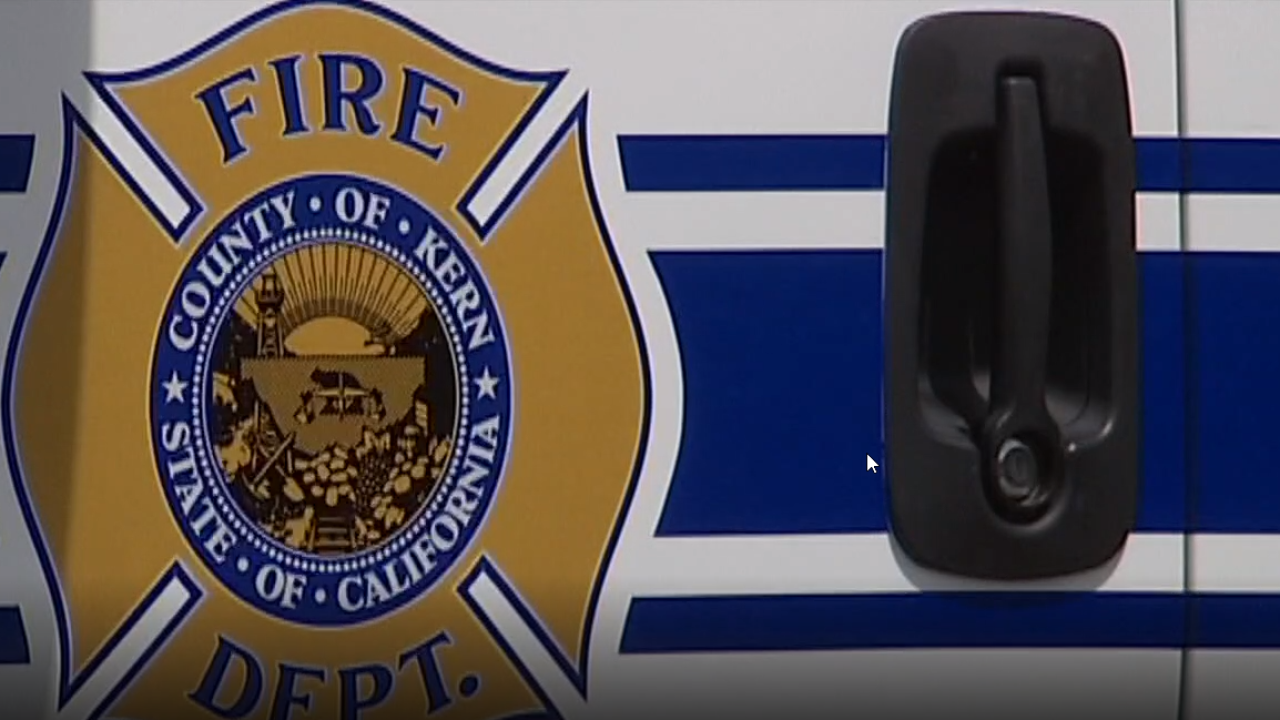BAKERSFIELD, Calif. (KERO) — Firefighters across the United States help put out more than an estimated 350,000 house fires every year. It takes a lot of special training, and for the past week, the Kern County Fire Department's newest cadets have spent their time learning how to rescue people threatened by fire.
KCFD's training facility has been set up to simulate a real-life rescue situation. The room has couches, chairs, and even a baby's crib. There's even theatrical smoke pumped into the room to make the training more realistic.
Captain Andrew Freeborn, the public information officer for Kern County Fire, says realistic training matters because in a fire, time is of the essence.
"When you actually have to go through there like you do in the real world of searching your way around furniture, piles of clothing, other things, then you really have to be careful about what you're doing," said Freeborn. "That's what we're trying to instill in each of these recruits is to be very thoughtful and very quick with what you're doing, because every second makes a huge difference on whether an individual can be rescued successfully or not."
Training begins in the classroom, where cadets learn the facts about rescue operations, including the chances someone could be inside the building, and also where that victim would most likely be if they are inside.
According to KCFD, victims are most often found in a first-floor bedroom.
"That's the reason we're responding. It's for life. We're coming to save a life and take someone out of that burning building, and as well as second to that is to protect property. To go ahead and get that fire out as quickly as possible," said Freeborn.
Following the classroom study, cadets continue training in scenario-based drills and exercises where they can put their new skills to use. In one scenario, specific fire crews go in with a primary search. On the back end of the building, firefighters practice the vent-enter-search technique and force their way into the second or third floor through the window in order to rescue a victim.
"Just removing a person from that hazardous environment is not enough. You have to be ready to communicate that you found a victim to make sure that there's medical attention provided for that victim as soon as they're out of the building," said Freeborn.
The department recommends that homeowners keep their smoke detectors up to date and prepare pre-planned exit routes. In the event you are caught in a house fire, KCFD says you should stay low to the floor where the air is clearest, get out of the house as quickly as possible, and call 9-1-1 as soon as you are out.
"You're also having safe habits so that you're not causing fires in the home," adds Freeborn. "So, don't leave candles unattended. Don't have children playing in the kitchen while you're cooking. Those sorts of things. We want to see that fires aren't starting in the first place, and then if a fire does start, the smoke detectors are giving you a very quick notification so that you have time to evacuate. Once you've evacuated, don't go back in."
Over the next week of KCFD training, the cadets are scheduled to undergo firefighter survival training.



